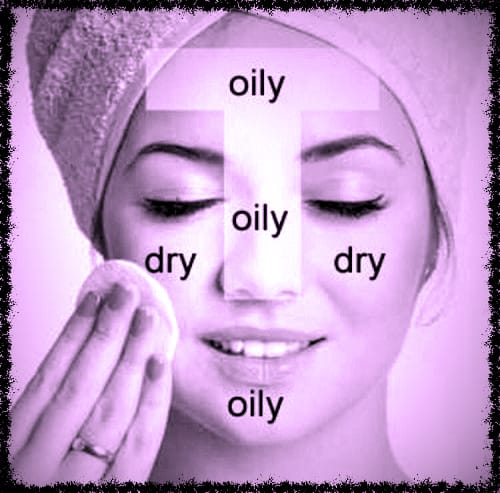

We have put together a simple skin test that would help our
clients define their type of skin.
This will help you to understand and justify your skin type.
Without wasting much time, there are basically three types of skins:
We do not recognize the Combination as a single type because it always includes two of the above.
In addition, you also need to understand that skin type can change over time. For example, younger people are more likely than older folks to have a normal skin type.
Furthermore, we need to note that weather and seasons also affect our skin type. For instance some normal skins tend to get oily if the barometric parameters are too high, e.g. humidity and temperature.

The following are the variables that determine your skin type:
Not too dry and not too oily, normal skin has:
Dry skin is a very common skin condition characterized by a lack of the appropriate amount of water in the most superficial layer of the skin, the epidermis.
While dry skin tends to affect males and females equally, older individuals are typically much more prone to dry skin.
The skin in elderly individuals tends to have diminished amounts of natural skin oils and lubricants. Areas such as the arms, hands, and particularly lower legs tend to be more affected by dry skin. Environmental factors, such as humidity and temperature, have a profound effect on the amount of water retained within the skin.
Dry skin may also be a side effect of some medications, as well as a byproduct of certain skin diseases.
Oily skin is the result of the overproduction of sebum from sebaceous glands. These glands are located under the skin’s surface. Sebum is an oily substance made of fats. Sebum isn’t all bad since it helps protect and moisturize your skin and keep your hair shiny and healthy. Too much sebum, however, may lead to oily skin, which can lead to clogged pores and acne. Genetics, hormone changes, or even stress may increase sebum production.
Oiliness can change depending upon the time of year or the weather.
Things that can cause or worsen it include:
Now, see if the tissue paper has a trace of oil or not. If it has, it shows you have oily skin; else, you have dry skin. If the oily trace is very faint; you may have normal skin.